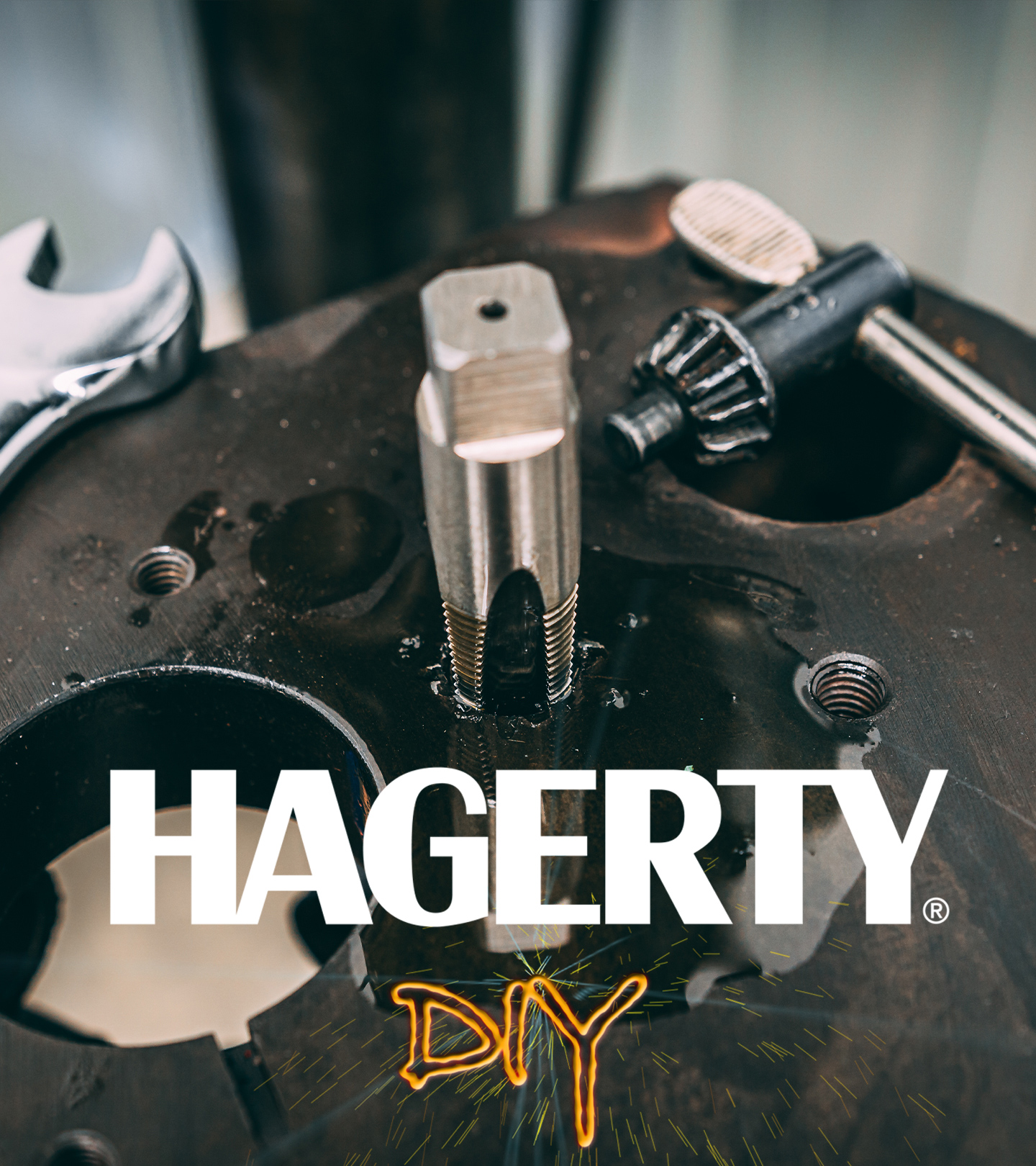Enjoy Season 3 stories, opinion, and features from across the car world - Hagerty Media
The Redline Rebuild Buick Nailhead has come a long way. It spent much of its race to final assembly under the proverbial yellow flag, as Davin proceeded with caution once he cracked the engine open and it turned out to be a wreck. Yanked from a field, showing signs of having never been properly stored in its life, this 401-cubic-inch Nailhead was nothing if not hard to look at. Yet Davin was intent on turning this V-8’s life around.
The engine didn’t seem to like that plan though; each and every part from step one put up a fight. The torque converter was cut off, along with the flexplate. Let’s not revisit the fiasco that ensued when removing the pistons. Like a superhero in a blockbuster summer movie, Davin was willing to exercise some violence for the greater good.
“I hate to have to destroy parts taking an engine apart, even if I’m not going to re-use them. It just feels a bit wrong to break engine parts,” said Davin, sliding a bin of scrap aluminum piston underneath a workbench.
The fight to get the engine torn down was only part of the battle, though. The second round of action was the block and cylinder heads taking a trip to Thirlby Machine Shop for cleaning and inspection. Davin knew that just based on how things came apart and how they looked, it likely wasn’t going to be a fun trip full of good news.
The block, it turned out, was very tired, with ridges left from the piston rings rusting to the cylinder walls. Seven of the eight holes were so bad that they’d need sleeves installed before going back to stock bore size. The cylinder heads were an even worse story. The valve seats had craters that the Apollo missions would have avoided. When we found out the heads could not be saved, Davin began his search for good core parts that would put this engine build back on track.
“There just wasn’t enough meat cast into the cylinder heads to machine out the seat and press in new ones,” said Davin. “The new seats would have just fallen right out. The block is more of a situation where the amount of machine shop work didn’t make sense when we could still source a better block. We did keep the original block and tuck it in a corner—just in case.”
During the process of saving this engine, a Camaro with a tired big-block 396 rolled into the shop, derailing progress yet again. During that big-block rebuild, a good used block and heads arrived and were sent off to be cleaned at the machine shop. Experiencing déjà vu, Davin walked through the door again with Buick Nailhead parts. This trip was much more positive, though, as he was able to carry the parts right from the machine shop to the paint shop.
To call it a thorough cleaning would be an understatement, but after scrubbing places that would make an engine designer blush, Davin masked off the important bits and let an expert spray some color. That color? Buick Green or Buick Blue, depending on who you talk to. Then it was back to the Redline Rebuild Garage for final assembly.
The tape came off, Davin’s torque wrench started clicking, and oil started flowing. Before too long, a V-8 took shape on the engine stand and was ready for break-in.
“Unlike the last few engines we built for this series, this is a flat tappet camshaft. I had to do a bit more break-in,” David said. “It wasn’t too bad, but it was a warm day and the lack of airflow in the garage really brought the coolant temp up a lot. Luckily it stayed cool enough to make it through the break-in and ensure the cam is set for a good long life.”
So what is next for this Nailhead? It is headed for the engine compartment of a Buick, of course. And when that happens, our cameras will be rolling. Be sure to subscribe to the Hagerty YouTube channel to get updates when each new video posts so you don’t miss out on any of the fun.










